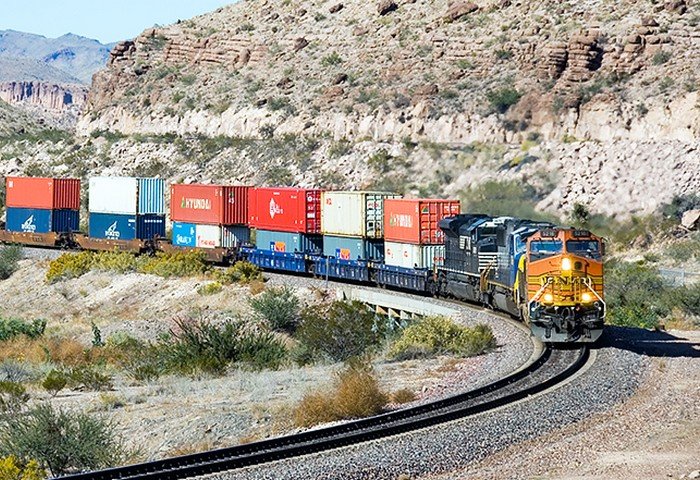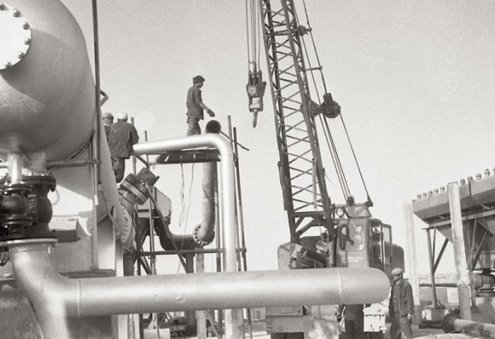Rail freight transportation is important in supporting economies due to its role in ensuring seamless and efficient flow of goods locally and across borders. The growth in the market is being driven by rising freight volumes, infrastructure development and adoption of sophisticated technology.
The rail freight transportation market growth is fueled by technological advances and efforts by numerous countries to boost rail freight volumes to curb pollution. While road transportation accounts for over half of transport volumes in several countries, increasing traffic, emissions and cost are driving governments to choose rail freight transport.
The global rail freight transportation market also gains from increasing flow of goods via rail between Europe and China. Around 59 cities in China hold rail freight links with nearly 49 cities across Europe. Introduction of new technologies, developing infrastructure and other such factors are main reasons for the growth of the market.
As per report of of Global Industry Analysts, Inc. titled Rail Freight Transportation – Global Market Trajectory & Analytics, the global market for rail freight transportation, estimated at $169.8 billion in the year 2022, is projected to reach a revised size of $205.3 billion by 2026, growing at a CAGR of 4.3% over the analysis period. Thus, the importance of rail freight transport to landlocked countries is increasing.
In recent years, the amount of cargo transported by rail in Central Asia has increased, and interest in rail freight transportation grows every year. According to Zulfiya Karimova, an expert with the Asian Development Bank (ADB), in 2011 the number of container trains passing through Central Asia was 17, and in 2021 their number exceeded 15 thousand. These results have been achieved through transport policy, regional cooperation and railway reforms. The region's rail network has facilitated trade flows between China and Central Asia, fostering cross-border relations and cooperation between the countries.
The growing trend of rail freight transport could become an even more important issue for suppliers and end users in the coming decades, depending on freight demand, rising fuel costs, and lower emissions.
Future regulatory measures in the market include promoting commercial mobility for Central Asian railroads, creating a solid foundation for financial stability, improving service reliability and efficiency, and further developm relationships to strengthen trade support for the rail system.
Nurmyrat Mommayev,
PhD Candidate at Marmara University's Department of Political Science and International Relations in Istanbul, Turkey









30635-90x604.jpg)




30625-90x604.jpeg)
_(1)30624-90x604.jpg)


